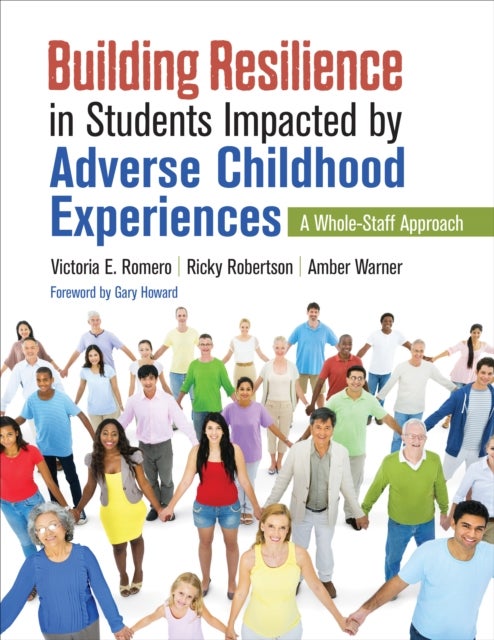
Building Resilience in Students Impacted by Adverse Childhood Experiences av Victoria E. Romero, Ricky Robertson, Amber N. Warner
295,-
<p><strong><em>Use trauma-informed strategies to give students the skills and support they need to succeed in school and life</em></strong><br/><br/> Nearly half of all children have been exposed to at least one adverse childhood experience (ACE), such as poverty, divorce, neglect, homelessness, substance abuse, domestic violence, or parent incarceration. These students often enter school with behaviors that don’t blend well with the typical school environment. How can a school community come together and work as a whole to establish a healthy social-emotional climate for students and the staff who support them? <br/><br/> This workbook-style resource shows K-12 educators how to make a whole-school change, where strategies are integrated from curb to classroom. Readers will learn how to integrate trauma-informed strategies into daily instructional practice through expanded focus on:</p><ul><li>The different experiences and unique challenges of students impacted by ACEs i








